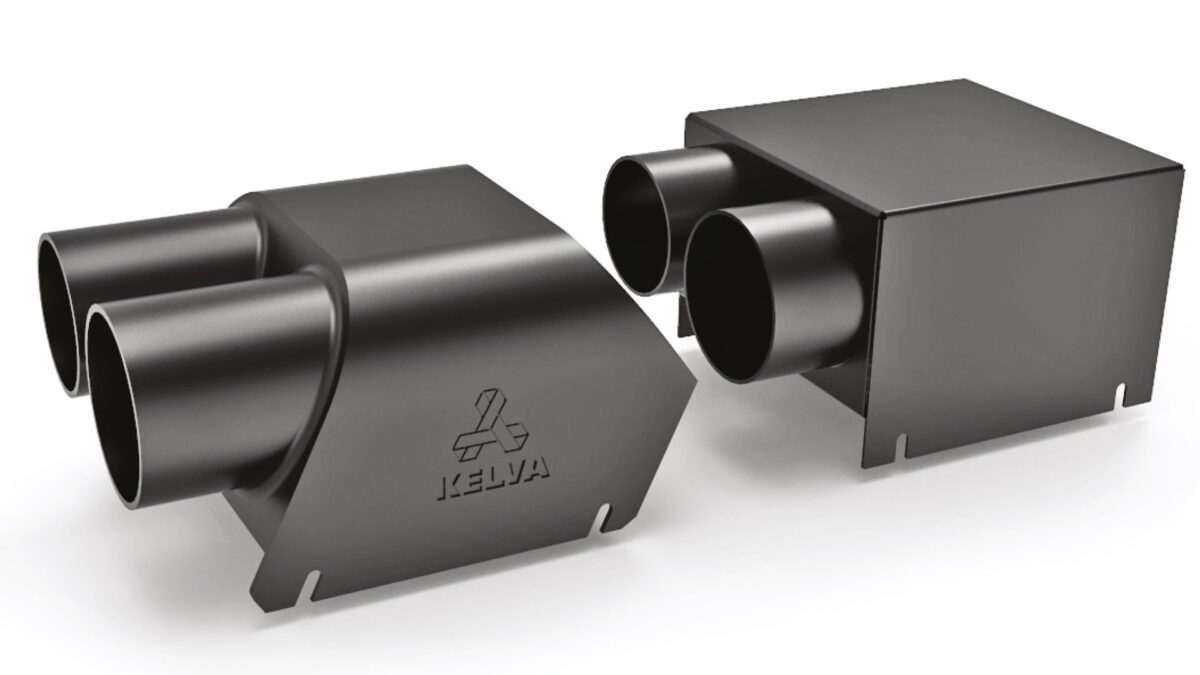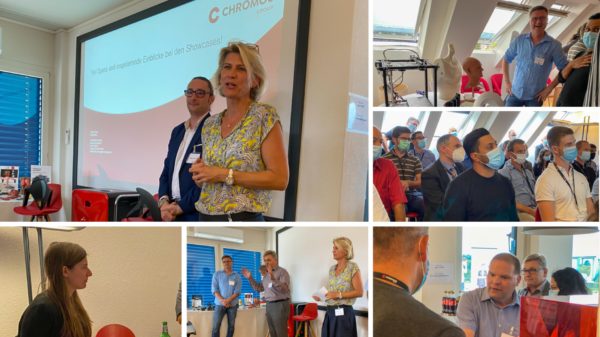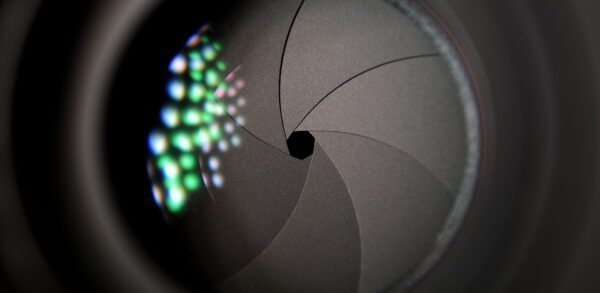KELVA is the world's leading supplier of web and sheet cleaning solutions for the treatment and processing of materials such as paper, corrugated board, fabrics, nonwovens, films or glass, which remove the smallest particles, dust, fibers and other foreign matter without affecting production processes.
Which problem should be solved?
The abrupt supply chain disruption caused by the pandemic forced the company to find a quick and sustainable solution.
The risks of global delivery processes became abundantly clear during the coronavirus crisis. It was therefore necessary to evaluate the extent to which additive manufacturing could be used to produce components, especially the affected component itself.
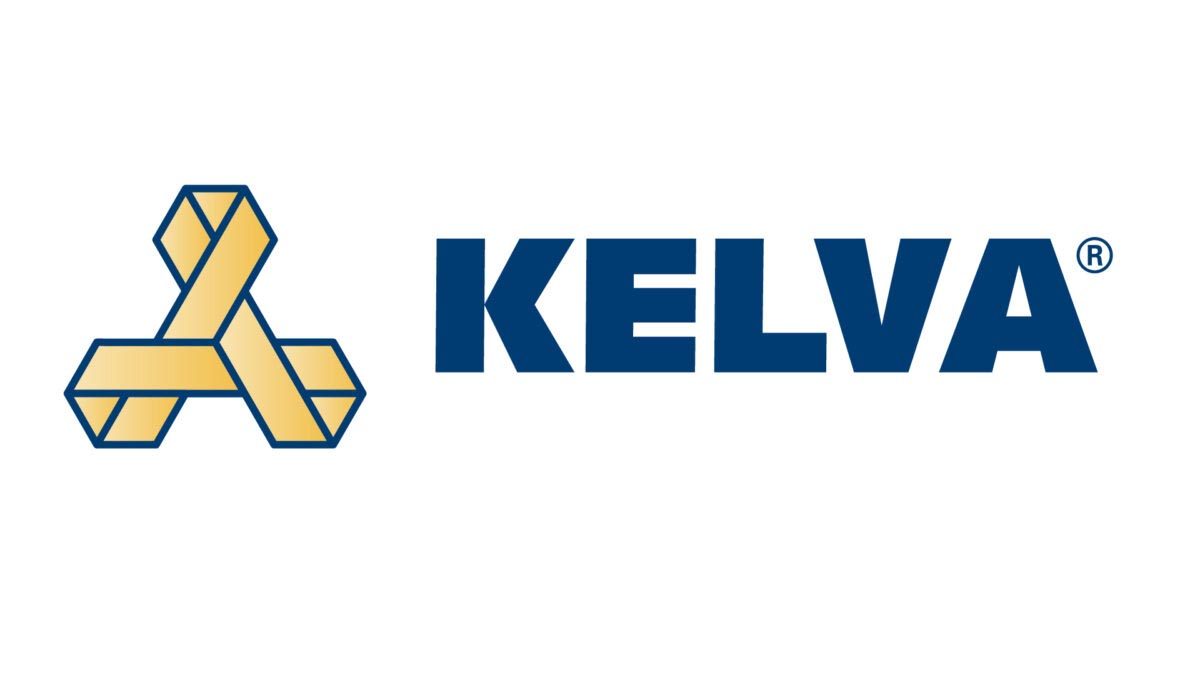
How was the solution found?
In this specific case, an analysis was required to determine the extent to which certain parts of an industrial plant manufactured using traditional methods could be replaced by 3D-printed components. A consultation was therefore required which, on the one hand, required clarifications in terms of technology, material properties and design and, on the other hand, should also include economic considerations. The aspect of securing process chains and the scenario of supply bottlenecks was also a new consideration.
This was followed by material and printing tests, a review of the possibilities in post-processing and the optimization of the composition of the 3D printed parts with the existing components. A simple transfer of the existing CAD files was out of the question from the outset, as other parameters had to be taken into account with the additive manufacturing process. The existing assembly had previously been produced using the classic sheet metal forming process. The change of manufacturing process also required a change of material and component design. CHROMOS 3D Solutions was able to draw on its in-depth expertise in AM-compliant CAD design.
- Advice on technologies and materials
- Potential analysis of replaceable components
- Material and pressure tests
- CAD redesign of components for 3D printing
What advantages have resulted?
During the consultation process, a review of the CAD data revealed that various optimizations could be made to the component. For example, the assembly could be merged into a single component. This made assembling obsolete. In addition, the optimization of the component resulted in an improved air flow and a reduction in weight.
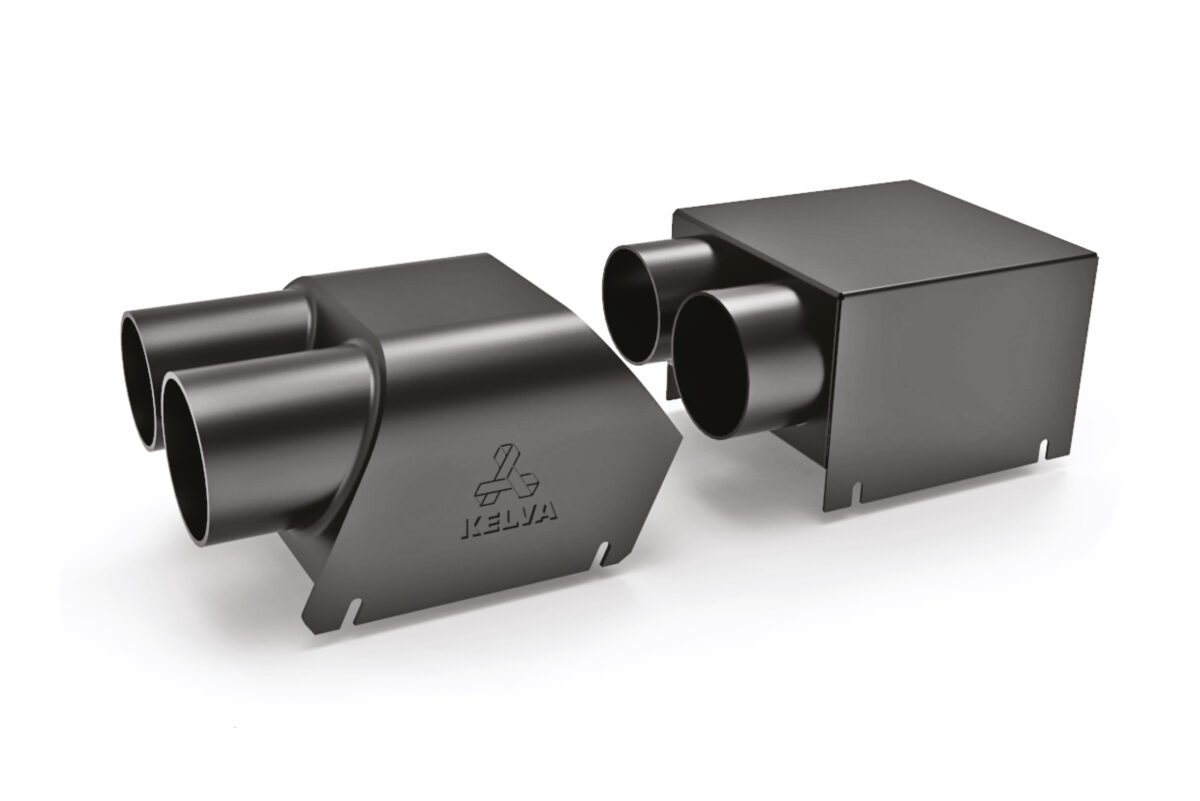
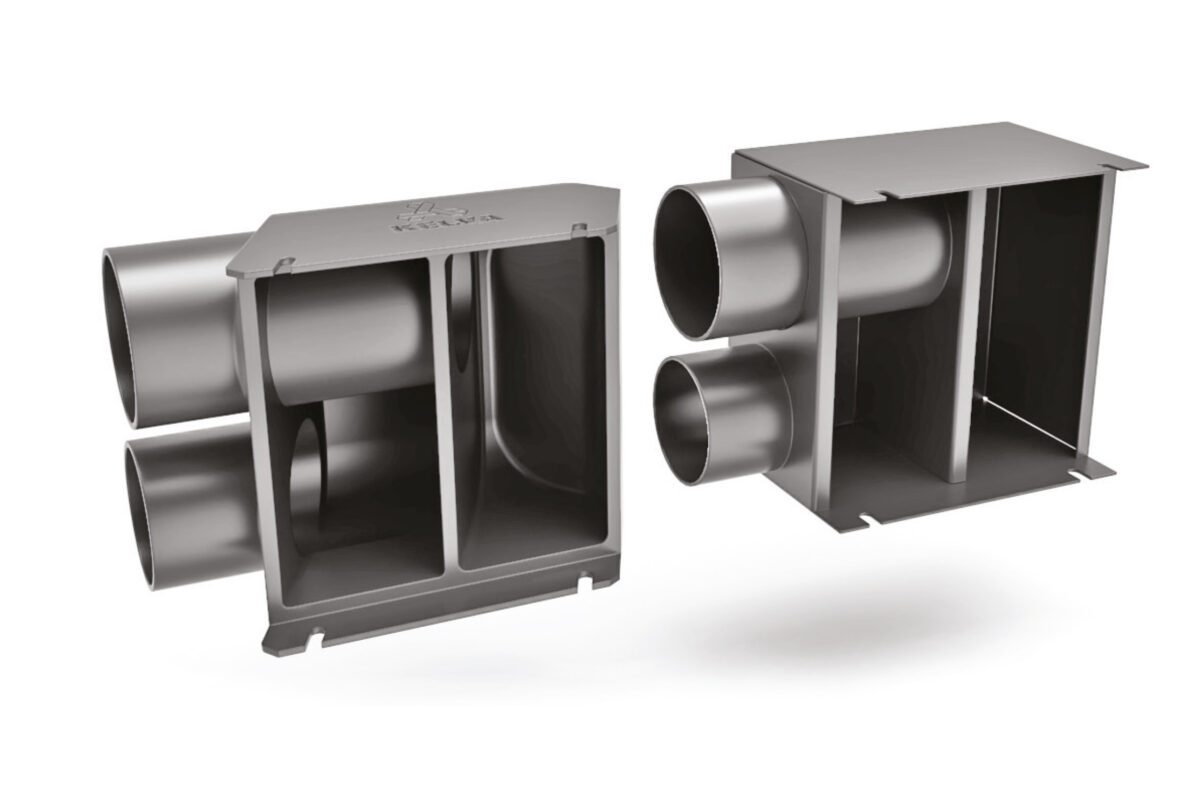
In addition, it was analyzed whether it is worth setting up an in-house 3D printing environment based on these findings. This involved taking a closer look at in-house on-demand production versus sourcing components from abroad, inventory management and administrative costs in order processing. This resulted in a directly derived overall price reduction of the assembly of around 40 percent.
Following an in-depth cost-benefit analysis, it was decided to invest in building up 3D expertise with our own 3D printers and at the same time to work together with 3D expertise providers in order to benefit from the current and future advantages of this fascinating technology - in the spirit of a "first mover advantage".
What added value was created in the component?
- No assembling
- No welding
- No powder coating
- Haptic 3D logo
- Optimized air flow
- Circumferential contact surface for seal
- Local and on-demand 3D printing
- No stock management
- Customer-specific variants (mass customization)
- Cost reduction
Would you also like to benefit?
CONTACT
Our experts will be happy to help you. Get in touch with us!
